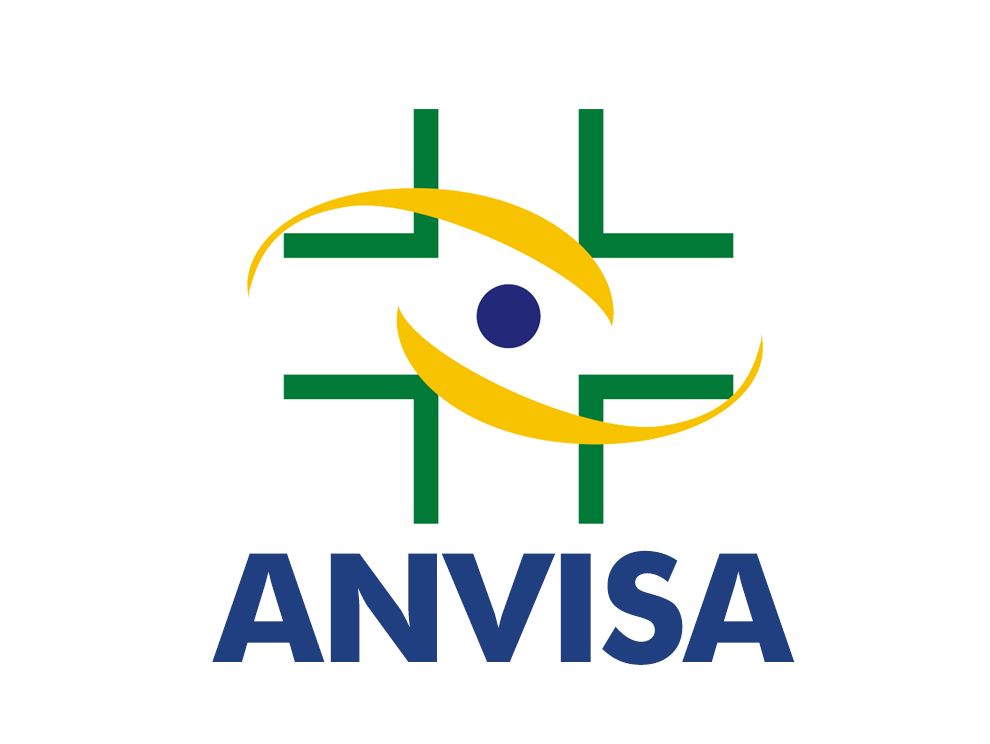MEDICAL DEVICES LEGAL FRAMEWORK IN BRAZIL
Medical devices placed in the Brazilian market must be registered at Brazil’s National Agency of Health Surveillance (ANVISA), in accordance with the Brazilian Resolution RDC. No. 185. Manufacturers or importers of such products need to submit to ANVISA all the documents required for their registration as well as for their alteration, revalidation or cancellation. After evaluating all the documentation for registration, alteration, revalidation or cancellation, ANVISA publishes its decision on the Brazilian Official Gazette (DOU).
According to the risk they represent to consumers, patients, operators or third parties involved, medical products are classified as Class I, II, III or IV. In case of doubts in the classification, ANVISA is the one classifying the medical device.
Until recently, Class II medical devices were subject to a short registration process called ‘Cadastro’ (pre-market approval). Manufacturers of Class II medical devices (and some Class I) were requested to provide technical dossiers, labelling materials and proposed indications of use (IFU) documents to their Brazilian Registration Holder (BRH) representative in the country.
NEW RESOLUTION ON MEDICAL DEVICES CLASS II
According to the new Resolution published in September 2020, as it happens with Class I medical devices, Class II devices only require a formal notification (‘Notificação’) and no longer need an approval by ANVISA before entering the market. This notification shall be done using a special form available at ANVISA’s website. Now, manufacturers do not need to submit a technical dossier but should have these documentation available upon request (in case of an inspection by ANVISA). The main goal of the new Resolution is to help ANVISA to focus on high-risk medical products.
IVDs (Class I and II) may now also enter the Brazilian market via the notification pathway.
Class II medical devices that are already registered in ANVISA do not require a re-validation (except if changes are requested).
References:
- Resolução da Diretoria Colegiada – RDC Nº 423, de 16 se Setembro 2020. Available at: https://pesquisa.in.gov.br/imprensa/jsp/visualiza/index.jsp?data=18/09/2020&jornal=515&pagina=110&totalArquivos=139
- Ministério da Saúde, Agência Nacional de Vigilância Sanitária (ANVISA) – Resolution RDC No. 185, of October 22nd, 2001. Available at: https://www.emergobyul.com/sites/default/files/file/rdc_185_2001_classification_and_registration_requirements_of_medical_products_0.pdf
- Ministério da Saúde, Agência Nacional de Vigilância Sanitária (ANVISA) – Resolução da Diretoria Colegiada – RDC Nº 270, de 28 de Fevereiro de 2019. Available at: http://rapassarini.com.br/wp-content/uploads/2019/03/RESOLUC%CC%A7A%CC%83O-DA-DIRETORIA-COLEGIADA-RDC-N%C2%BA-270-DE-28-DE-FEVEREIRO-DE-2019-Dia%CC%81rio-Oficial-da-Unia%CC%83o-Imprensa-Nacional.pdf
- Ministério da Saúde, Agência Nacional de Vigilância Sanitária (ANVISA) – Resolução da Diretoria Colegiada – RDC Nº 27, de 21 de Junho de 2011. Available at: http://bvsms.saude.gov.br/bvs/saudelegis/anvisa/2011/rdc0027_21_06_2011.pdf















